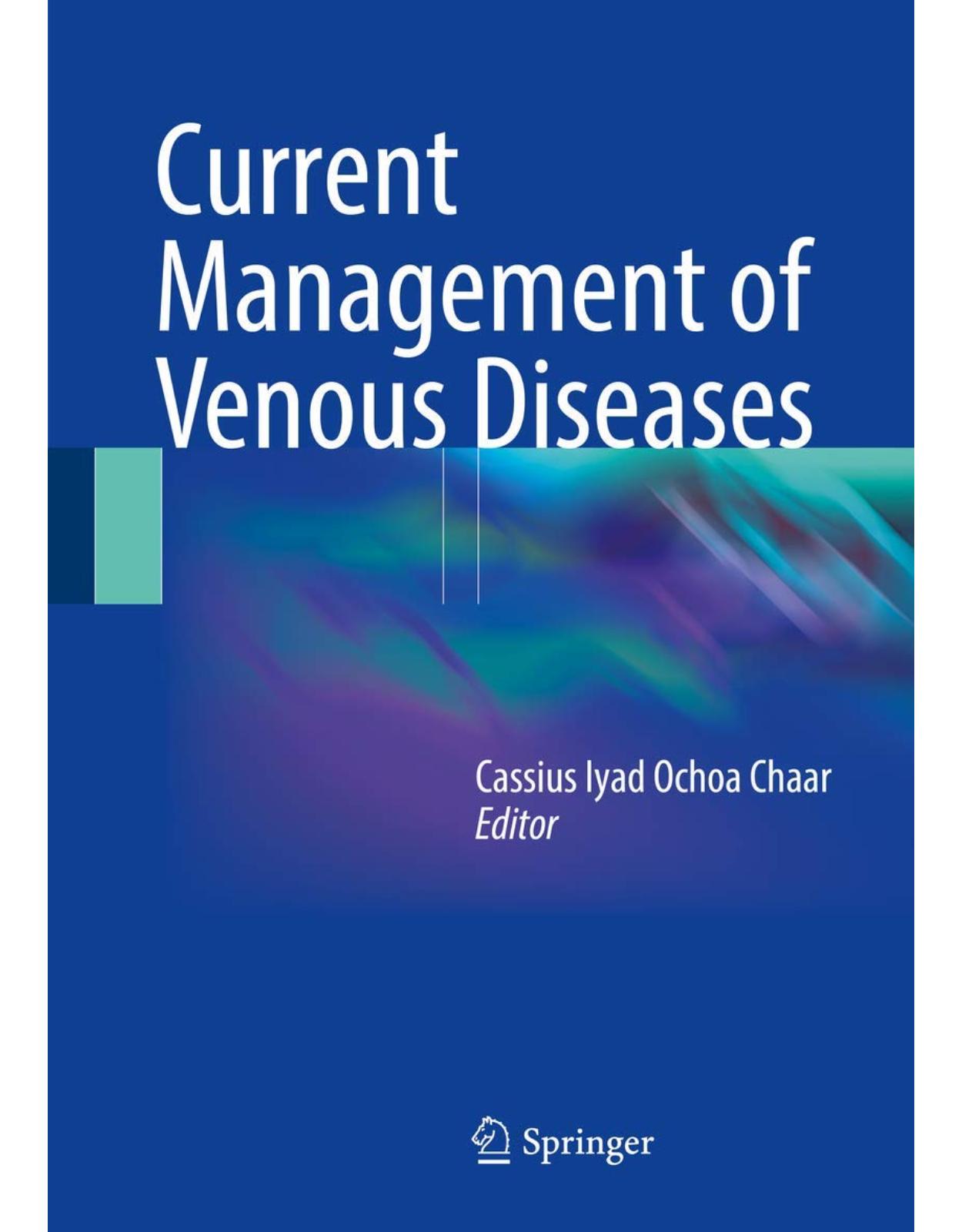
Current Management of Venous Diseases
Livrare gratis la comenzi peste 500 RON. Pentru celelalte comenzi livrarea este 20 RON.
Disponibilitate: La comanda in aproximativ 4 saptamani
Autor: Cassius Iyad Ochoa Chaar
Editura: Springer
Limba: Engleza
Nr. pagini: 582
Coperta: Hardcover
Dimensiuni: 18.42 x 3.18 x 26.67 cm
An aparitie: 20 Dec. 2017
Description:
This text provides an overview of venous diseases and focuses on clinical evaluation and management. It is intended to guide the treating physician by summarizing the evidence, giving technical tips, and outlining algorithms for common conditions. A unique feature of this book is clinical pearls given by experts in the field that are highlighted in each chapter. The first section of the book describes the essential anatomy and physiology/pathophysiology. It also includes evaluation of common presentations of venous diseases such as extremity edema and lower extremity ulceration with a summary for work up that includes conditions that can mimic venous diseases. The organization of the book follows the basic pathophysiology of venous disorders with chapters addressing special conditions of common interest such as pelvic congestion syndrome, thoracic outlet syndrome, and May-Thurner syndrome. There is emphasis on novel treatment modalities and emerging technologies through dedicated chapters to anticoagulant agents, emerging modalities to treat superficial venous reflux and venous stent technology. Finally, this book is a melting pot for physicians who have shown dedication and passion to the care of patients with venous disease regardless of specialty and location.The authors are an international panel of vascular experts who trained in vascular surgery, interventional radiology, interventional cardiology, hematology, pulmonology and critical care medicine. Therefore, the book will be of great value to the physicians and trainees in those specialties and to any person interested in developing in depth knowledge of the management of venous diseases.
Table of Contents:
Part I: Clinical Fundamentals
1: Venous Anatomy, Development, and Variations
Introduction
Early Vascular Development and Arterial-Venous Identity
Development of the Venous System
Vitelline Veins
Umbilical Veins
Cardinal Veins and the Venae Cavae
Venous Anomalies of Development and Clinical Correlates
Superior Vena Cava (SVC)
Inferior Vena Cava (IVC)
Renal Veins
Fetal Circulation
Venous Histology and Function
Adult Venous Anatomy
Head and Neck
Thorax
Brachiocephalic Veins
Superior Vena Cava (SVC)
Azygos and Intercostal Veins
Abdomen and Pelvis
Portal Vein
Inferior Vena Cava (IVC)
Iliac and Pelvic Veins
Upper Extremity
Subclavian Vein
Axillary Vein
Deep Veins of the Arm and Forearm
Superficial Veins of the Arm and Forearm
Lower Extremity (LE)
Superficial Veins
Deep Veins
Perforating Veins (PV)
Current Nomenclature
References
2: Venous Physiology and Pathophysiology
Venous System
Venous Valves and Valvular Function
Venous Muscle Pump Systems
The Calf Pump
Effect of Exercise on Venous Function
Deep Vein Thrombosis
Chronic Venous Disease
Varicose Veins
Deep Venous Insufficiency
Perforating Veins
Superficial Venous Insufficiency
Manifestations of Venous Hypertension
Lymphedema
References
3: Diagnostic Imaging for Veins
Ultrasound Diagnosis of Acute DVT
Diagnostic Criteria of Acute DVT
Ultrasound Diagnosis of Recurrent Thrombosis and Postthrombotic Disease
Ultrasound Diagnosis of Upper Extremity DVT
Ultrasound Diagnosis of Chronic Venous Disease
Venous Reflux
Technique
Venous Compression Syndrome
Other Imaging Modalities
Venography
Computed Tomographic Venography
Magnetic Resonance Venography
References
4: Evaluation of Edema of the Extremity
Introduction
Vascular Edema
Venous Edema
Lymphedema
Nonvascular Edema
Diagnostic Workup of Edema
Conclusion
References
5: Compression Therapy in Venous Disease
Introduction
Mechanisms of Benefit
Compression Pressure
The Role of Compression as Stand Alone Therapy
Compression after Sclerotherapy or Ablation
Compression for Venous Ulcer Disease
Prevention of Deep Vein Thrombosis
Post-thrombotic Syndrome
Compression Modalities Compared
Concurrent Peripheral Arterial Disease
Compliance Issues
Conclusion
References
Part II: Venous Insufficiency
6: Clinical Presentation of Venous Insufficiency
Introduction
Clinical Evaluation of the Patient
Risk Factors
Clinical Presentation
Symptoms
Physical Exam
CEAP Classification
C: Clinical Classification
E: Etiologic Classification
A: Anatomic Classification
P: Pathophysiologic Classification
Date of CEAP Classification
Level of Investigation
CEAP Classification Examples
Prevalence of CEAP Clinical Classifications
Clinical Assessment of Disease Severity and Quality of Life
References
7: Open Surgical Treatment of Superficial Reflux
History
Pathophysiology
Indications
Pitfalls and Danger Points
Preoperative Duplex Ultrasound Scan
Operative Procedure
Preoperative Vein Marking
Great Saphenous Vein High Ligation
GSV Stripping
Phlebectomies
Closure
Post-procedure Care
Lateral Approach of the Saphenofemoral Junction
Small Saphenous Vein Incompetence
Position
Incision
Closure
Other Surgical Approaches
Ambulatory Selective Varices Ablation Under Local Anesthesia (ASVAL) Technique
Cure Conservatrice et Hemodynamique de l’Insuffisance Veineuse en Ambulatoire (CHIVA)
Role of Open Procedures in the Endovenous Era: Treatment Algorithm
References
8: Laser Ablation for Venous Reflux
Introduction
Mechanism of Action
Pre-procedural Planning
EVLA Procedure
Procedural Variables
Laser Wavelength
Fiber Tip
Technique Variables
EVLA Complications
Endothermal Heat-Induced Thrombosis (EHIT)
EVLA Outcomes
Conclusion
References
9: Radiofrequency Ablation for Lower Extremity Venous Reflux
Introduction
Radiofrequency Ablation Therapy
Indications and Limitations
Technique
Outcomes
Complications
Treatment for Perforator Veins
Comparison to Other Methods
Conclusions
References
10: Mechanochemical Ablation of Superficial Veins
Introduction
Mechanism of Action
ClariVein® Device and Technique
Device
Technique
Post-procedural Care
Clinical Outcomes
Complications
Conclusion
References
11: Endovenous Sealing of Superficial Veins
Introduction
What is Cyanoacrylate?
Vein Sealing Devices and Technique Used
VenaSeal™ Closure System
VariClose® Vein Sealing System
Cyanoacrylate in the Treatment of Varicose Vein Disease
Animal Studies
Human Studies
VenaSeal™ Closure System
VariClose® Vein Sealing System
Complications of Cyanoacrylate
Conclusion
References
12: Sclerotherapy
Overview
History
Sclerosants
Liquid vs. Foam Sclerotherapy
Physician-Compounded Foam
Proprietary Foam
Patient Workup Prior to Sclerotherapy
Techniques
Telangiectasias
Superficial Venous Insufficiency
PEM
Side Effects and Complications
Conclusions
References
13: Treatment of Incompetent Perforating Veins
Background
Medical Treatment
Percutaneous Thermal Ablation Techniques
Ultrasound-Guided Foam Sclerotherapy
Current Data
Complications
Conclusions
References
14: Cosmetic Approach to Varicose Veins: The ASVAL Technique
Introduction
The Concept of ASVAL
Pathophysiology of Varicose Veins
Practical Application
Selection of Patients Eligible for ASVAL
Extent of the Varicosities
Ultrasound Duplex Preoperative Assessment
Phlebectomy Reflux Elimination Success Test (PREST) Prediction Model
Other Criteria
Technique
Skin Marking
Anesthesia
Microsurgery
Postoperative Management
Results
Conclusion
References
15: Strategies to Treat Venous Reflux Disease
Introduction
Clinical Exam and Imaging
Ultrasound
Plethysmography
Venography
Classification Systems
Nonoperative Management
Operative Management
High Ligation and Stripping (HL/S)
Divided Saphenectomy (DS)
ASVAL
CHIVA
Endovascular Treatments
Thermal Ablation
Nonthermal Ablation
Common Venous Reflux Controversies
Recurrent Varicose Veins (REVAS)
Complete Occlusion (CO) and Near Complete Occlusion (NCO) Following Ablation
Which Device?
All at Once or Ablate and Wait?
Deep Reflux
Saphenous Reflux and Deep Obstruction
Perforator Veins
Vulvar Varices
Klippel–Trénaunay Syndrome
Common Issues in Patients Evaluated for Second Opinion
Previous Phlebectomy Without GSV Stripping
Previous Thermal Ablation Without Phlebectomy
Previous GSV Ablation with No Improvement
Conclusion
References
16: Complications of the Treatment of Venous Insufficiency
Introduction
Venous Thrombosis
Superficial Venous Thrombosis (SVT)
Signs and Symptoms of SVT
Prevention of SVT
Diagnosis of SVT
Treatment of SVT
EHIT
Diagnosis of EHIT
Duplex Ultrasound
Classification of EHIT
Natural History of EHIT
Deep Vein Thrombosis (DVT)
Skin Infection
Skin Necrosis
Skin Pigmentation
Neurologic Injuries
Residual Symptoms
Swelling
Recurrence
References
17: Valve Reconstruction for Deep Venous Reflux
Introduction
Deep Venous Reflux
Surgical Treatments
Surgical Treatments in Primary DVR
Internal Valvuloplasty
External Valvuloplasty
Surgical Treatments in Secondary and Congenital DVR
Vein Transposition
Transposition onto the DFV: Technical Details
Transposition onto the Saphenous Vein: Technical Details
Vein Transplant
Technical Details
Neovalve
Artificial Venous Valve
Indication for Treatment
Strategies
Outcomes
Conclusions
References
18: Pelvic Venous Insufficiency
Introduction
Epidemiology
Anatomy of the Pelvic Venous System
Pathophysiology
Clinical Findings
Diagnosis
Differential Diagnosis
Treatment
Medical Treatment
Surgery
Embolization
Treatment of PVI Due to Type 2 Lesions (Obstructive Lesions)
Conclusion
References
Part III: Acute Venous Thromboembolism
19: Presentation and Significance of Venous Thromboembolism
Epidemiology
Mechanisms Involved in Thrombosis
Risk Factors for VTE
Clinical Presentation of VTE
Deep Vein Thrombosis
Pulmonary Embolism
Other Sites of DVT
Arm/Superior Vena Cava
Inferior Vena Cava (IVC) Thrombosis
Renal Vein Thrombosis (RVT)
Splanchnic Venous Thrombosis
Thrombosis of the Liver Vasculature
Mesenteric Vein Thrombosis (MVT)
Splenic Vein Thrombosis
Cerebral Vein Thrombosis
Superficial Vein Thrombosis
Complications of VTE
VTE Recurrence
Post-thrombotic Syndrome
Chronic Thromboembolic Pulmonary Hypertension (CTEPH)
Major Bleeding While on Anticoagulation
Summary
References
20: Prevention of Venous Thromboembolism
Introduction
Risk Assessment for Both VTE and Bleeding
Mechanical Versus Pharmacological Prophylaxis
Nonsurgical Hospitalized Patients
Patients with Acute Medical Condition (Including Cancer)
Patients with Ischemic Stroke or Intracranial Hemorrhage
Non-orthopedic Surgical Patients
General Surgery Patients
Specific Surgical Patients
Orthopedic Surgery
Elective Surgery
Hip Fracture
Other Orthopedic Surgeries
Prevention of VTE in Outpatient Settings
Prevention of VTE Recurrence
Perspective and Conclusion
References
21: Overview of Anticoagulation Agents
Introduction
Parenteral Anticoagulants
Heparin
Low Molecular Weight Heparins
Fondaparinux
Heparin-Induced Thrombocytopenia
Direct Thrombin Inhibitors
Oral Anticoagulants
Warfarin
Direct Oral Anticoagulants
Switching Between Anticoagulants
Patients Undergoing Surgery or Other Invasive Procedures
Ongoing Trials and Future Directions
References
22: Superficial Thrombophlebitis
Introduction
Clinical Presentation
Etiology
Pathology
Trauma
Suppurative
Migratory
Mondor’s Disease
Small Saphenous Vein (SSV) SVT
SVT with Varicose Vein Disease
Upper Extremity SVT
Diagnosis
Treatment
References
23: Anticoagulation for Proximal Deep Vein Thrombosis
Background
The Role of Anticoagulation
Anticoagulation for Proximal DVT Due to a Strong Provoking Risk Factor
Anticoagulation for Proximal DVT Due to a Minor Provoking Risk Factor
DVT Associated with Exogenous Estrogen
DVT Associated with Pregnancy
DVT Associated with Prolonged Travel
May–Thurner Syndrome
Anticoagulation for Unprovoked DVT
Bleeding Risk
Estimating Recurrent VTE Risk
Anticoagulation in Cancer-Associated Thrombosis
Additional Long-Term Pharmacologic Interventions to Reduce VTE Recurrence
Low-Dose VKA
Low-Dose Aspirin
Low-Dose Apixaban
References
24: Controversies in the Diagnosis and Management of Distal Deep Vein Thrombosis
Introduction
Epidemiology and Natural History of Distal DVT
Risk of Proximal Extension of Distal DVT Without Treatment
Clinical Outcomes of Patients Treated with Anticoagulants for Distal DVT
Comparison of Patients’ Outcomes Between Treated and Untreated Patients
Venous Ultrasonography for the Diagnosis of DVT
Different Protocols of Compression Ultrasound (CUS)
Proximal CUS
Single Complete (Proximal and Distal) or Whole-Leg CUS
Detailed Comparison and Respective Limitations of Ultrasound Strategies for Suspected DVT
Serial Proximal CUS in Outcome Studies
Single Complete (Proximal and Distal) CUS in Outcome Studies
Serial Proximal vs Single Complete CUS in Suspected DVT
D-Dimers in the Diagnosis of Calf DVT
Recent Trials and Recommendations for Therapeutic Management of Distal DVT
The First Randomized Trials Assessing the Need for Anticoagulant Treatment
Evolving International Recommendations for the Treatment of Distal DVT
Is It Necessary to Treat All Distal DVTs in Low-Risk Patients?
Conclusions
References
25: Endovascular Treatment of Deep Vein Thrombosis
Introduction
Rationale for Thromboreductive Strategies
Early Thrombus Removal: The Open Vein Hypothesis and Proof of Concept
Indications for Endovascular Intervention
Likelihood of Successful Catheter-Directed Thrombolysis
Patient Selection for Catheter-Directed Thrombolysis
Interventional Options for Acute Deep Vein Thrombosis
Catheter-Directed Thrombolysis (CDT)
Percutaneous Mechanical Thrombectomy
Pharmacomechanical Catheter-�Directed Thrombolysis (PCDT)
Complications
Outcomes
References
26: Surgical Thrombectomy for Deep Vein Thrombosis
Introduction
Patient Evaluation and Selection
Surgical Venous Thrombectomy Operative Technique
Outcomes
References
27: Upper Extremity Deep Vein Thrombosis
Introduction
Symptoms and Signs
Risk Factors
The Paget-Schroetter Syndrome
Central Venous Catheters
Cancer
Diagnosis
Treatment
Anticoagulant Therapy
Treatment Duration
Thrombolytic Therapy
Mechanical Catheter Interventions
First Rib Resection
Vena Cava Filter
Other Therapies
Prognosis
Prevention
Future Directions
References
28: Venous Thoracic Outlet Syndrome
Introduction
Etiology
Epidemiology
Clinical Presentation
Diagnosis
Maneuvers
Imaging
Treatment
First Rib Resection and Anterior Scalenectomy: Transaxillary
First Rib Resection and Anterior Scalenectomy: Supraclavicular Approach
Post-resection Venography
Results
Recent Developments and Future Research
References
29: Medical Management of Pulmonary Embolism
Impact of Pulmonary Embolism
Clinical Severity and Risk of Early Death Determine Initial Management
Management of Acute Right Heart Failure
Thrombolysis and Pharmacomechanical (Interventional) Reperfusion Therapy
Systemic Intravenous Thrombolysis
Pharmacomechanical, Catheter-�Directed Reperfusion
Impact of Thrombolysis on Late Outcomes After Pulmonary Embolism
Anticoagulation for Acute Treatment and Secondary Prophylaxis
Shift Toward New Oral Anticoagulants as the Standard of Care
Specific Patient Groups and Indications for Anticoagulation
Conclusion
References
30: Catheter-Directed Thrombolysis of Pulmonary Embolism
Introduction
Clinical Presentation and Diagnosis of PE
Risk Stratification
Treatment
Systemic Thrombolysis
Catheter-Directed Interventions
Summary of Evidence
Types and Techniques
Standard and Ultrasound-Assisted Thrombolysis
Suction Thrombectomy
Small-Bore Suction Thrombectomy Catheters
Large-Bore Suction Thrombectomy Catheters
Surgical Thrombectomy
Treatment Strategy
Inferior Vena Cava Filter
Long-Term Outcomes
Conclusions
References
31: Surgical Management of Pulmonary Embolism
History of Pulmonary Embolectomy
Epidemiology of VTE
Pathophysiology of VTE
Diagnosis of PE
Management of PE
Surgical Techniques
Paradoxical Embolization
Conclusion
References
32: Vena Cava Interruption
Introduction
Indications for Filter Placement
Absolute Indications (Requires Presence of VTE)
Relative Indications (VTE Required)
Prophylactic Indications (No VTE Required)
Types of Available Vena Cava Filters
Preprocedure Evaluation
Anatomic Variations of the IVC Affecting Filter Placement
Duplication of the IVC
Circumaortic and Retroaortic Left Renal Vein
Left IVC
Megacava
Fluoroscopically Guided Inferior Vena Cava Filter Placement
Ultrasound-Guided Inferior Vena Cava Filter Placement
Suprarenal and Superior Vena Cava Filter Placement
The PREPIC Trials
Retrievable Filters
Complications
Conclusion
References
33: Retrieval of Inferior Vena Cava Filters
Introduction
Timing of Filter Retrieval
Patient Evaluation
Standard Technique
Challenges
Advanced Endovascular Techniques
Wire Displacement Technique
Wire and Snare with Dual Access
Loop-Snare Technique
Balloon Displacement Technique
Parallel Wire Technique
Bronchoscopy Forceps
Endoscopy and Laparoscopy Forceps
Laser Sheath
Complications of Advanced Endovascular Techniques
Open Surgery for IVC Filter Retrieval
Minimally Invasive Surgery for IVC Filter Retrieval
Robotic IVC Filter Retrieval
Conclusion
References
Part IV: Chronic Venous Obstruction
34: Wound Care Management for Venous Ulcers
Introduction
Initial Assessment
Confirming Adequate Arterial Perfusion
Eliminating Edema
Treating Infection
Venous Reflux
Venous Obstruction
Reducing Impact of Host Risk Factors
Postthrombotic Syndrome
Obesity
Calf Muscle Pump Dysfunction
Smoking
Prolonged Standing
Nutrition
Wound Care Centers
Conclusion
References
35: May-Thurner Syndrome: Diagnosis and Management
Introduction
Historical Perspective
Prevalence
Pathophysiology
Clinical Presentation
Diagnostic Imaging
Treatment
Outcomes Following Iliac Vein Stenting for May-Thurner Syndrome
Conclusion
References
36: Endovascular Recanalization of Chronic Venous Obstruction
Introduction
Access Technique
Crossing Chronic Total Venous Occlusions
Advanced Methods of Crossing Chronic Total Venous Occlusions
Stenting Venous Stenoses
Treatment of Stent Thrombosis
Conclusion
References
37: The Venous Stent: Is It Primetime Yet?
Introduction
Diagnosis
Treatment
Endovascular Intervention
Chronic Total Occlusion (CTO)
Stenting Across Inferior Vena Cava Filters
Bilateral Ilio-caval Stenting
Management of Stent Complications
Stent Compression/In Stent Restenosis
Stent Occlusion
Morbidity
Venous Stents
References
38: Open Reconstruction for Chronic Venous Obstruction
Introduction
Etiology
Pathophysiology
Diagnosis
Open Reconstruction
Crossover Saphenous Vein Transposition (Palma Procedure)
Crossover Femoral Venous Prosthetic Bypass
Saphenous Vein Transposition to the Distal Femoral or Popliteal Vein (May–Husni Procedure)
Iliocaval and Femorocaval Bypass
Cavoatrial Bypass
Special Considerations
Endophlebectomy
Adjunctive Procedures
Anticoagulation
Follow-Up and Reintervention
References
39: Hybrid Reconstruction for Post-thrombotic Iliofemoral Venous Obstruction
Introduction
Patient Selection
Preoperative Evaluation
Technical Evolution and Procedure Outcomes
Results
Histologic Characterization of Post-thrombotic Tissue
Summary
References
40: Chronic Obstruction of the Inferior Vena Cava
Introduction
Epidemiology and Etiology
Clinical Features
Noninvasive Diagnostic Testing
Medical Management
Surgical Indications
Open and Hybrid Surgical Treatment
Endovascular Therapy: Technique
Endovascular Therapy: Results
Conclusions and Recommendations
References
41: Venous Reconstruction in Oncologic Surgery
Introduction
Inferior Vena Cava Reconstruction
Tumors Involving the IVC
Clinical Presentation and Preoperative Evaluation and Management
Surgical Approach to IVC Resection and Reconstruction
Adjunctive Extracorporeal Bypass Techniques
Perioperative and Long-Term Outcomes
Portal Vein and Superior Mesenteric Vein Reconstruction in Pancreatic Adenocarcinoma
Clinical Presentation and Preoperative Evaluation and Management
Surgical Approach to Portal Vein and Superior Mesenteric Vein Resection
Methods of Portal Vein and Superior Mesenteric Vein Reconstruction
Minimally Invasive Techniques for PV and SMV Resection and Reconstruction
Long-Term Outcomes
Iliac and Femoral Vein Reconstruction
Clinical Presentation and Preoperative Evaluation
Surgical Approach to Iliac and Femoral Vein Resection and Reconstruction
Long-Term Outcomes
Summary and Conclusions
References
42: Superior Vena Cava Syndrome
Introduction
Anatomy
Etiology
Presentation and Classification
Diagnosis and Imaging
Management
Medical Management
Endovascular Intervention
Surgical Reconstruction
Extra-Anatomic Bypass
Conclusion
References
43: Management of Chronic Thromboembolic Pulmonary Hypertension
Introduction
Symptoms
Studies
Operation
Postoperative Management
Complications
Conclusion
References
Index
| An aparitie | 20 Dec. 2017 |
| Autor | Cassius Iyad Ochoa Chaar |
| Dimensiuni | 18.42 x 3.18 x 26.67 cm |
| Editura | Springer |
| Format | Hardcover |
| ISBN | 9783319652252 |
| Limba | Engleza |
| Nr pag | 582 |
-
1,96000 lei 1,74400 lei
-
65300 lei 58100 lei

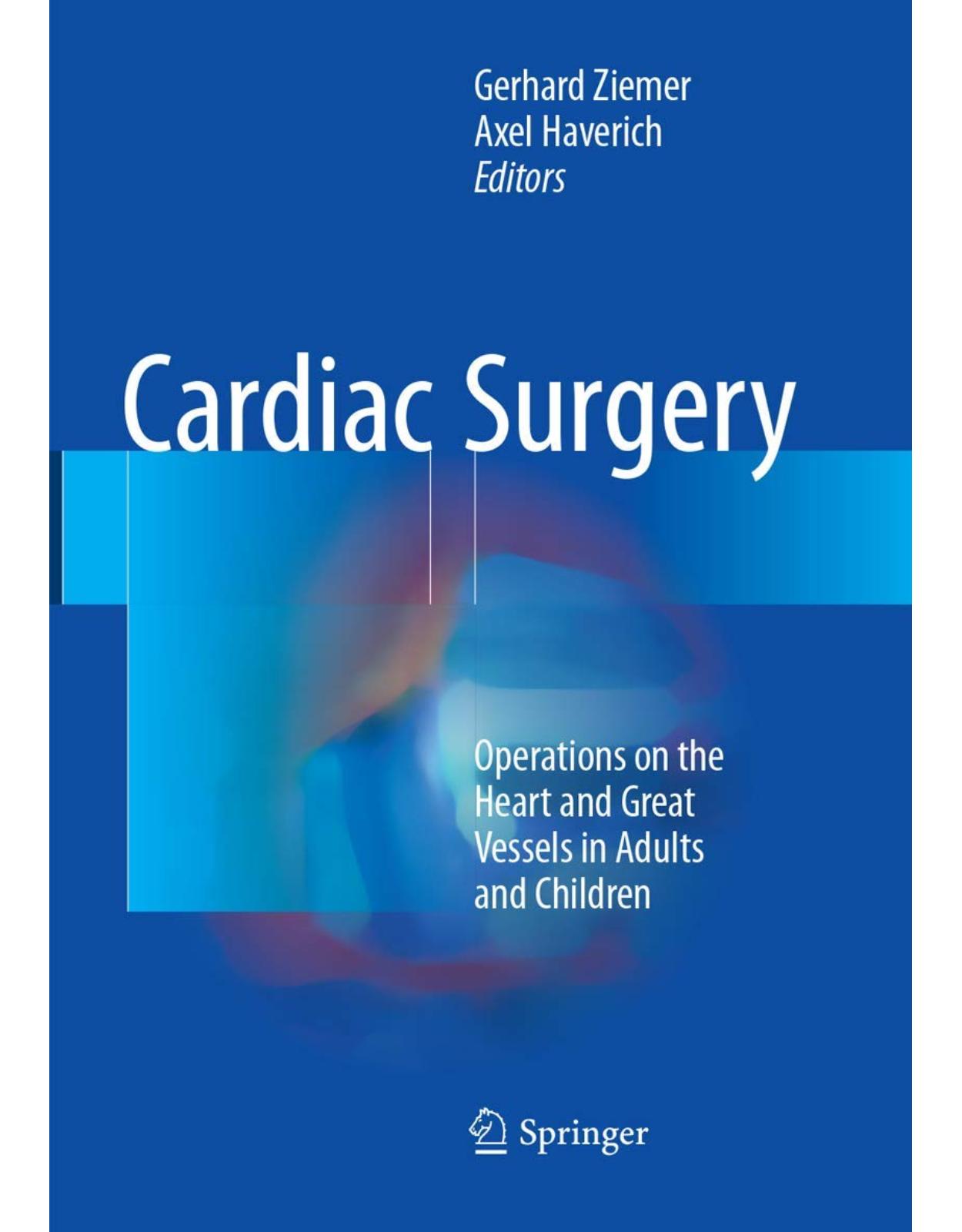
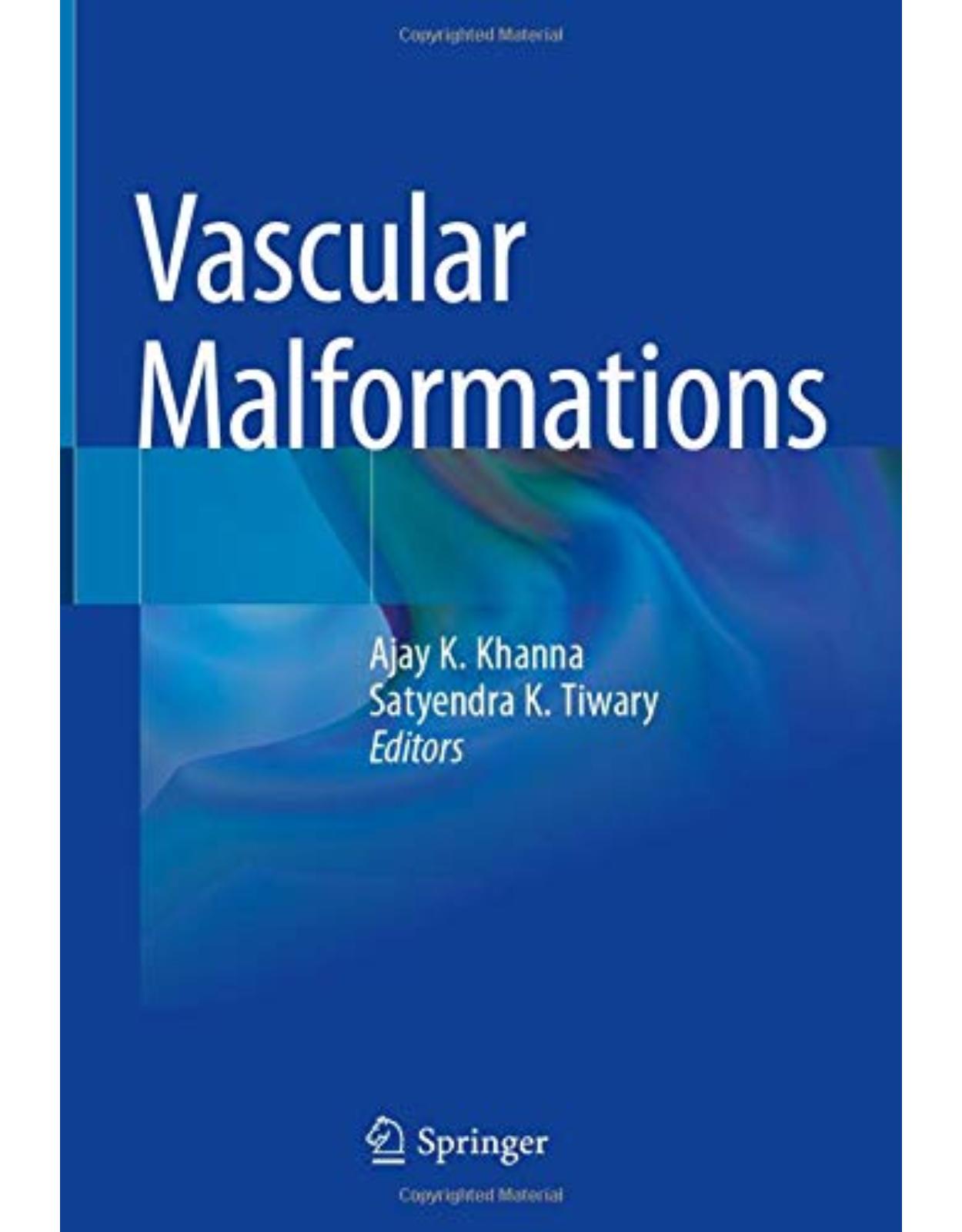
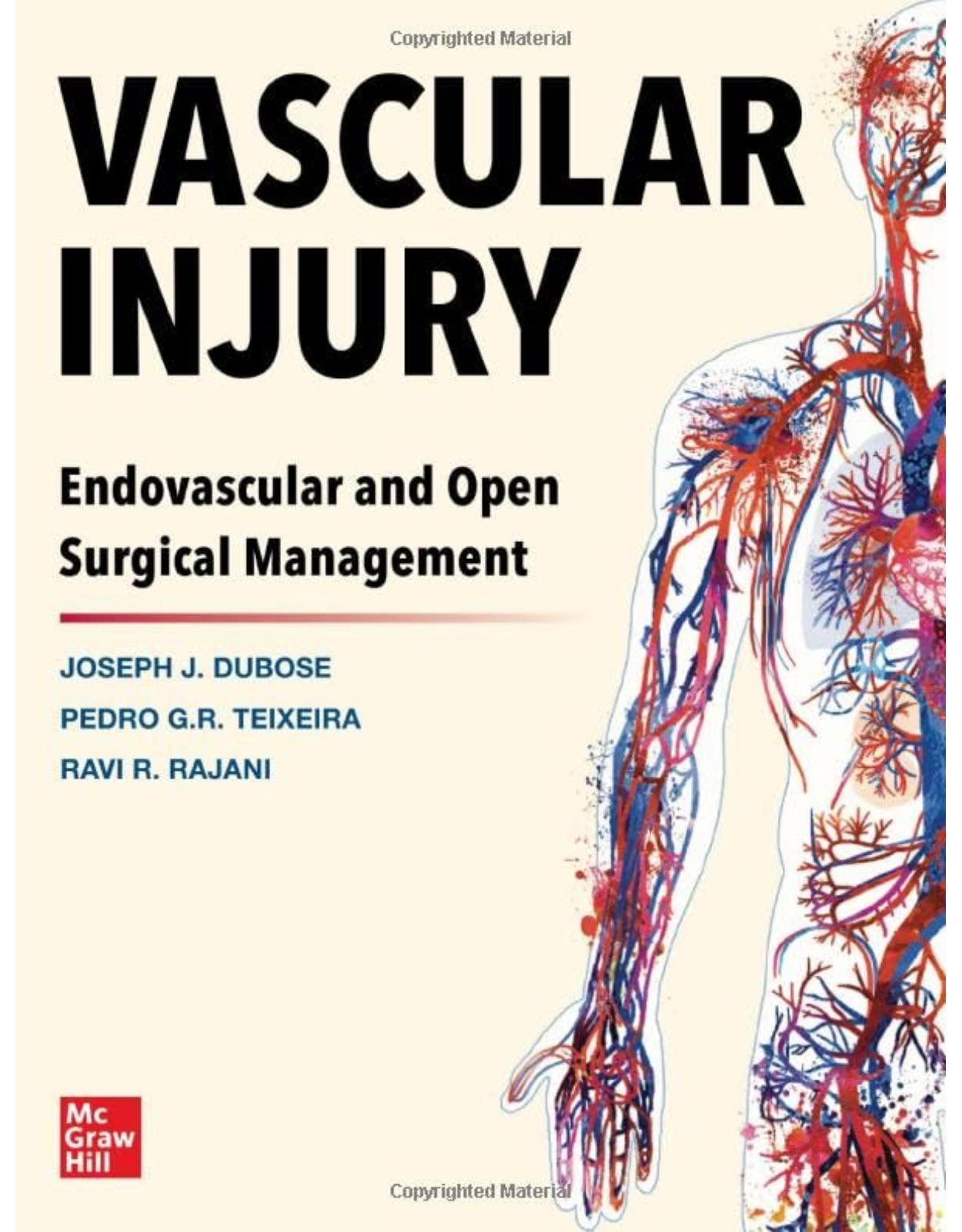
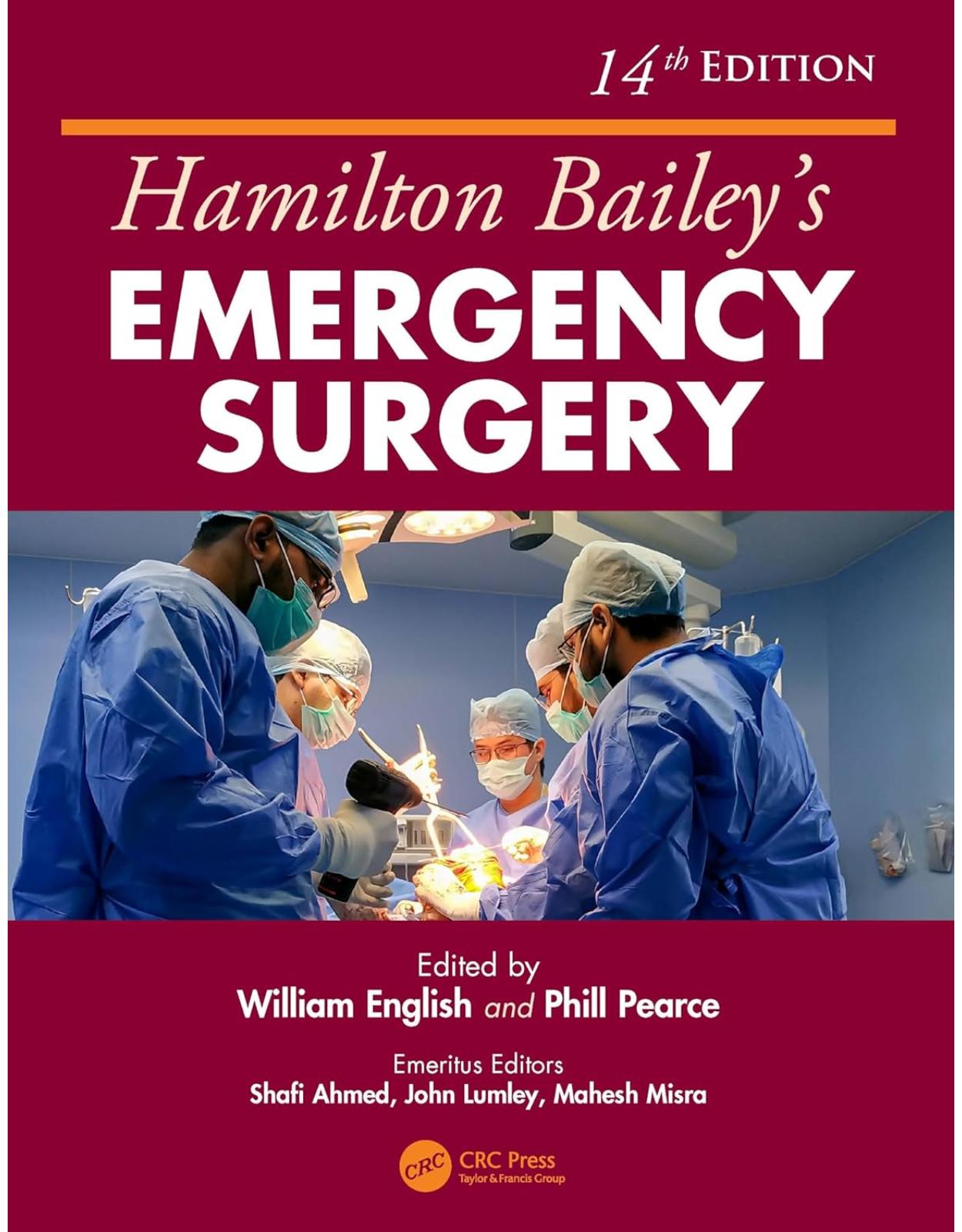
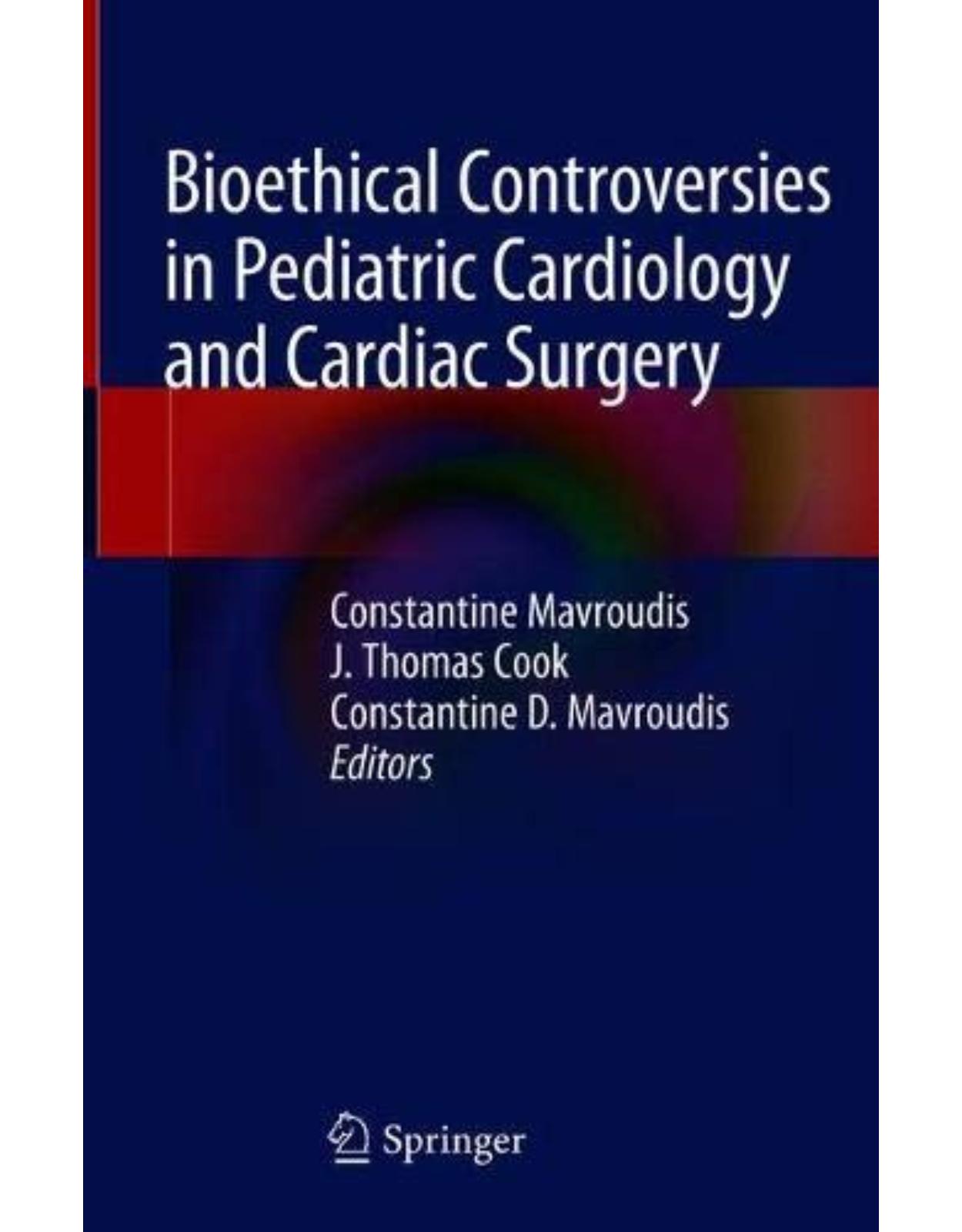
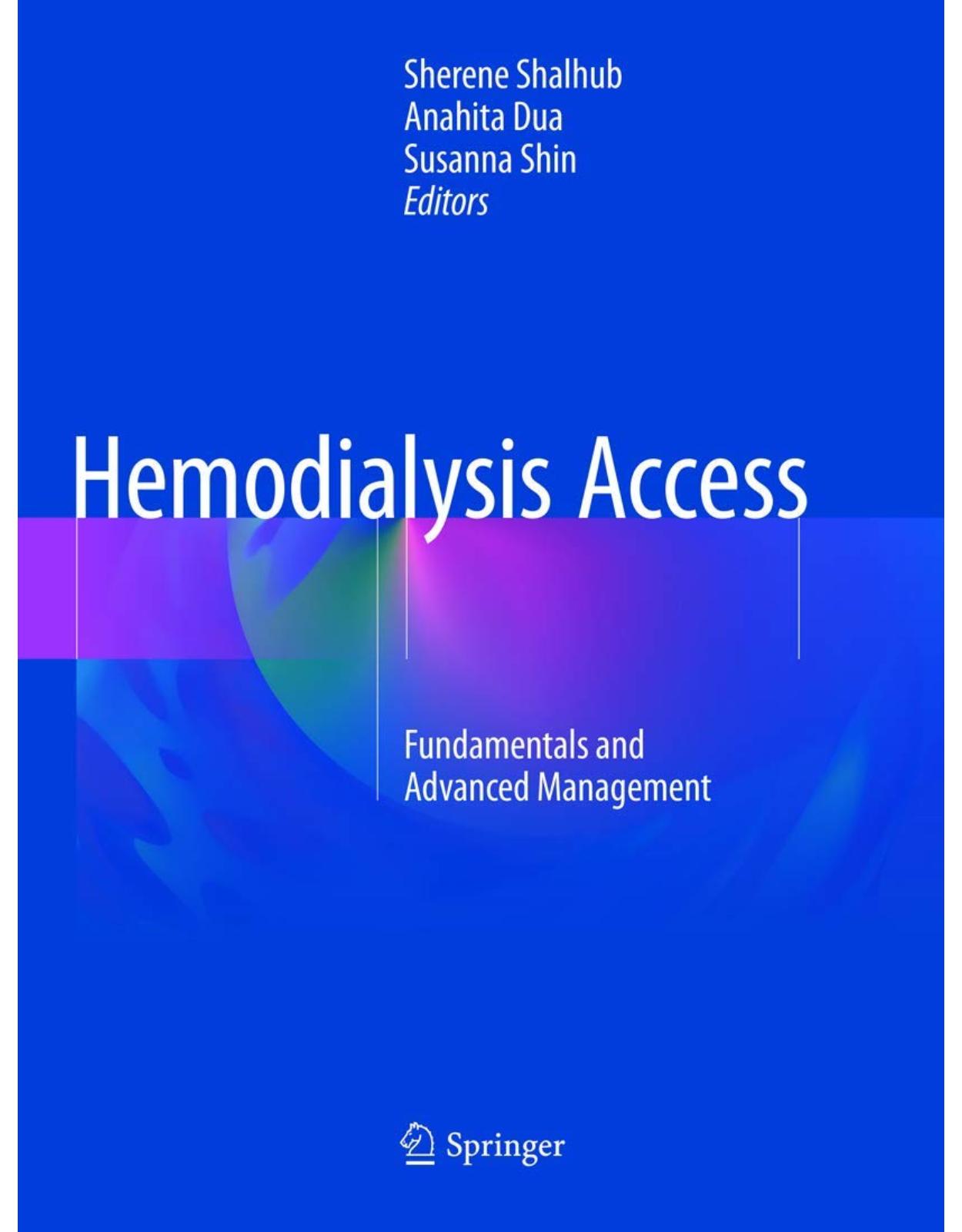
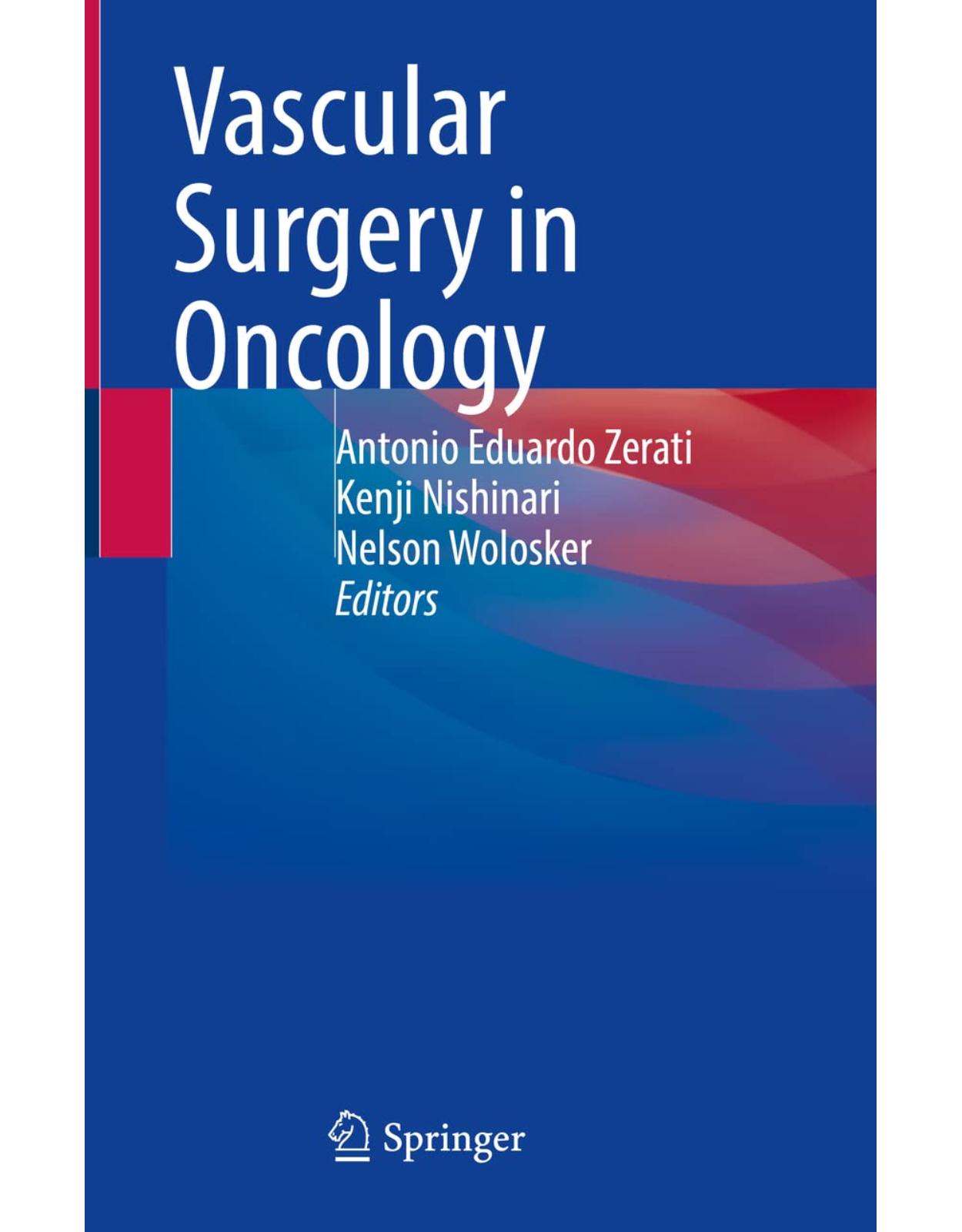
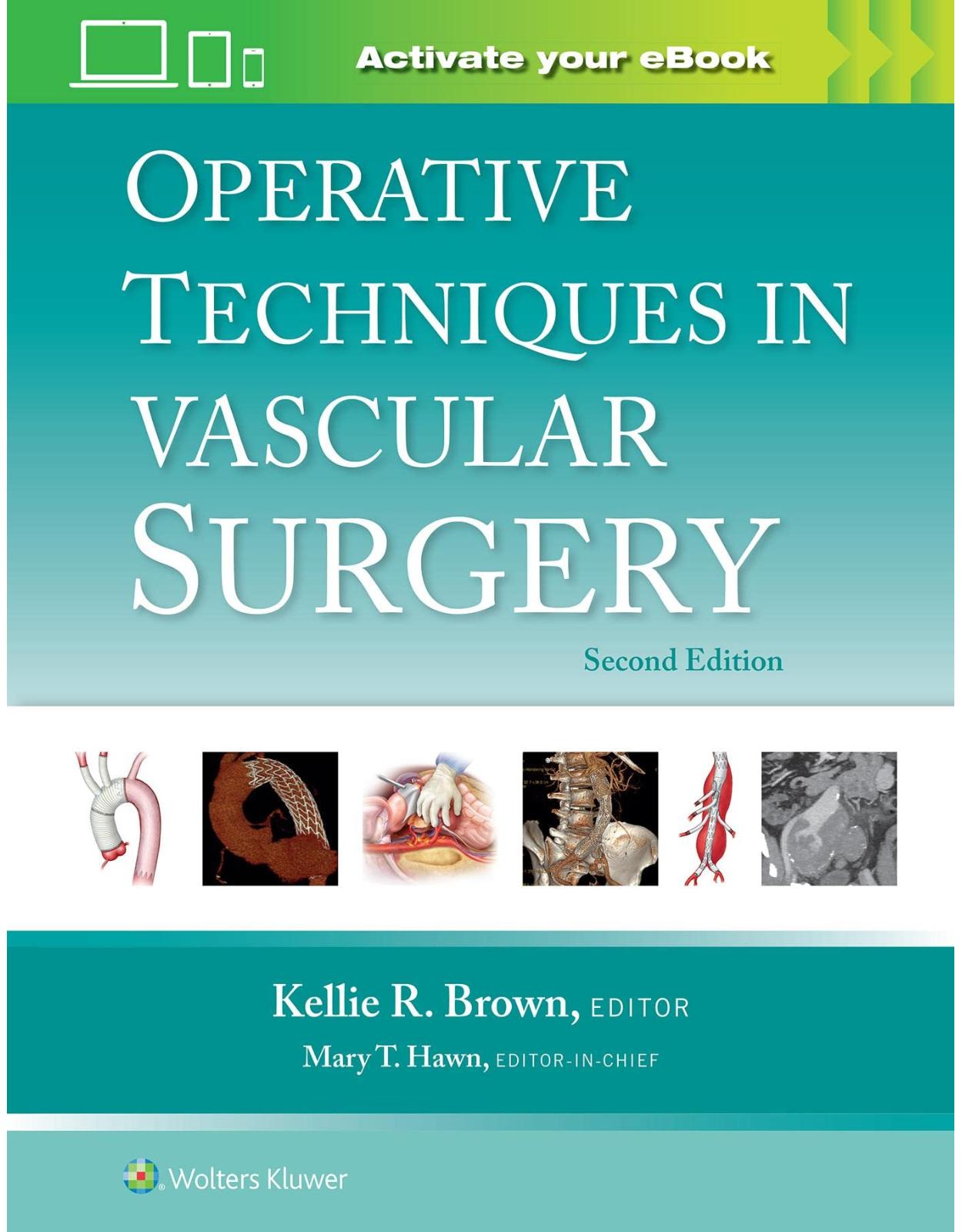
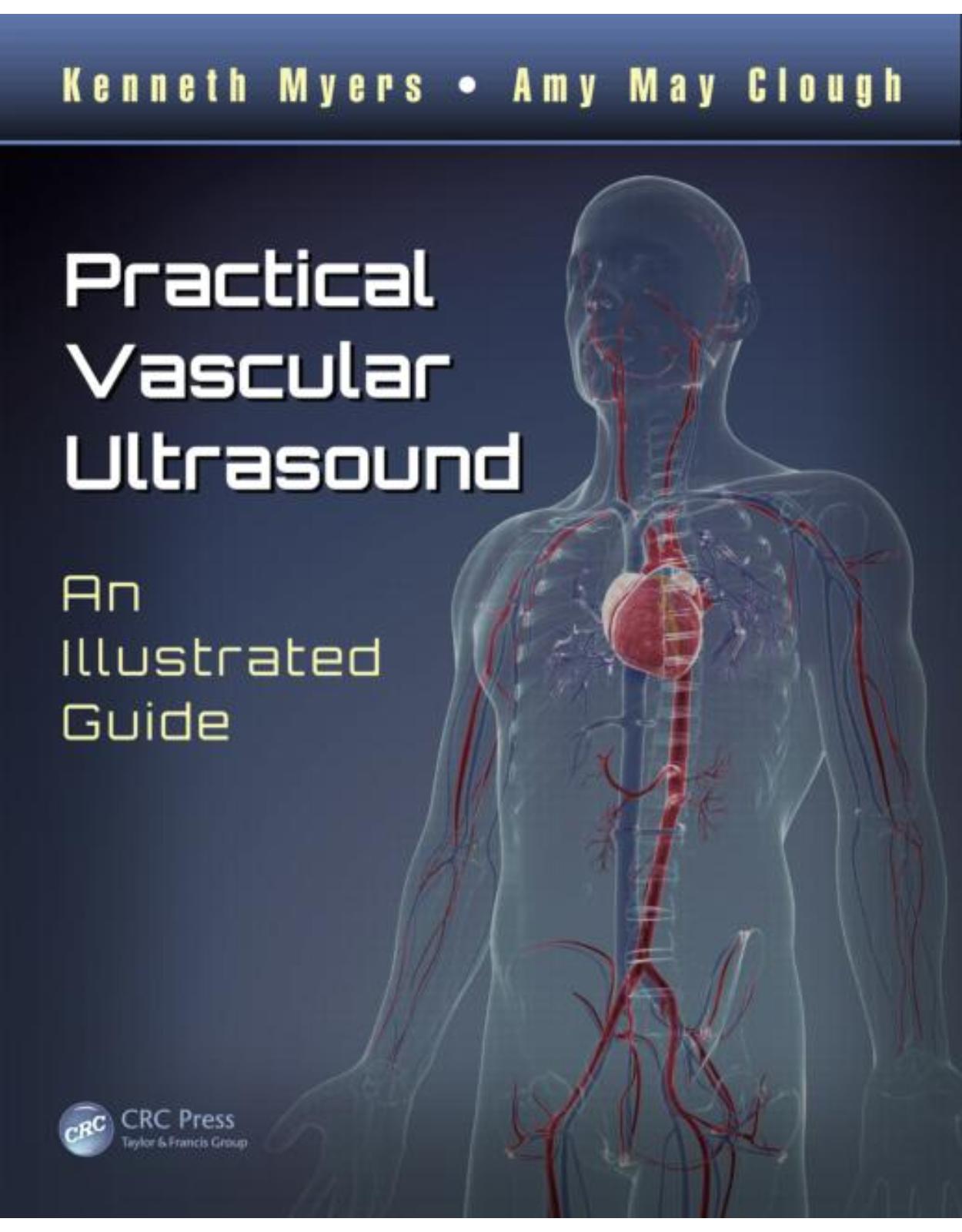
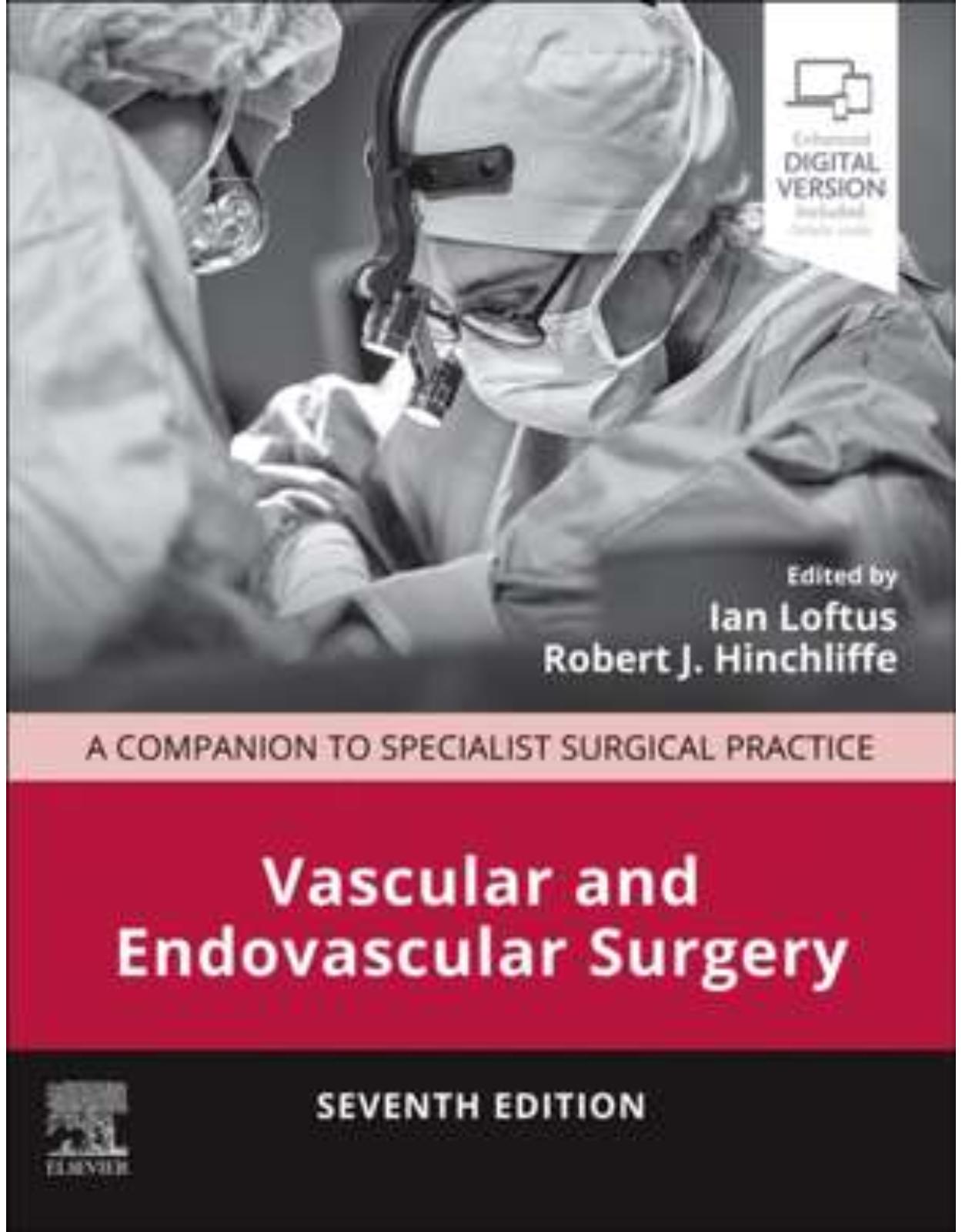
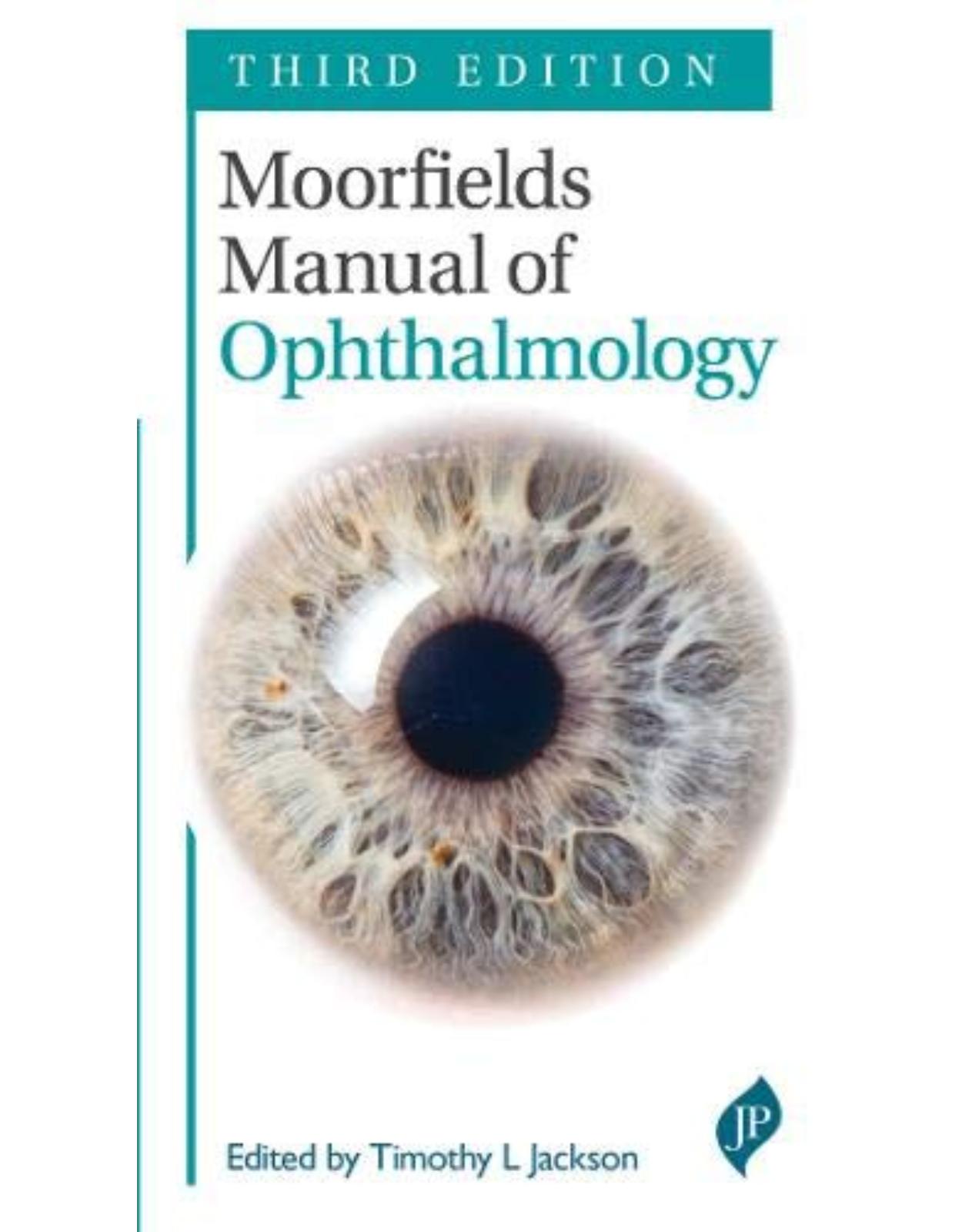


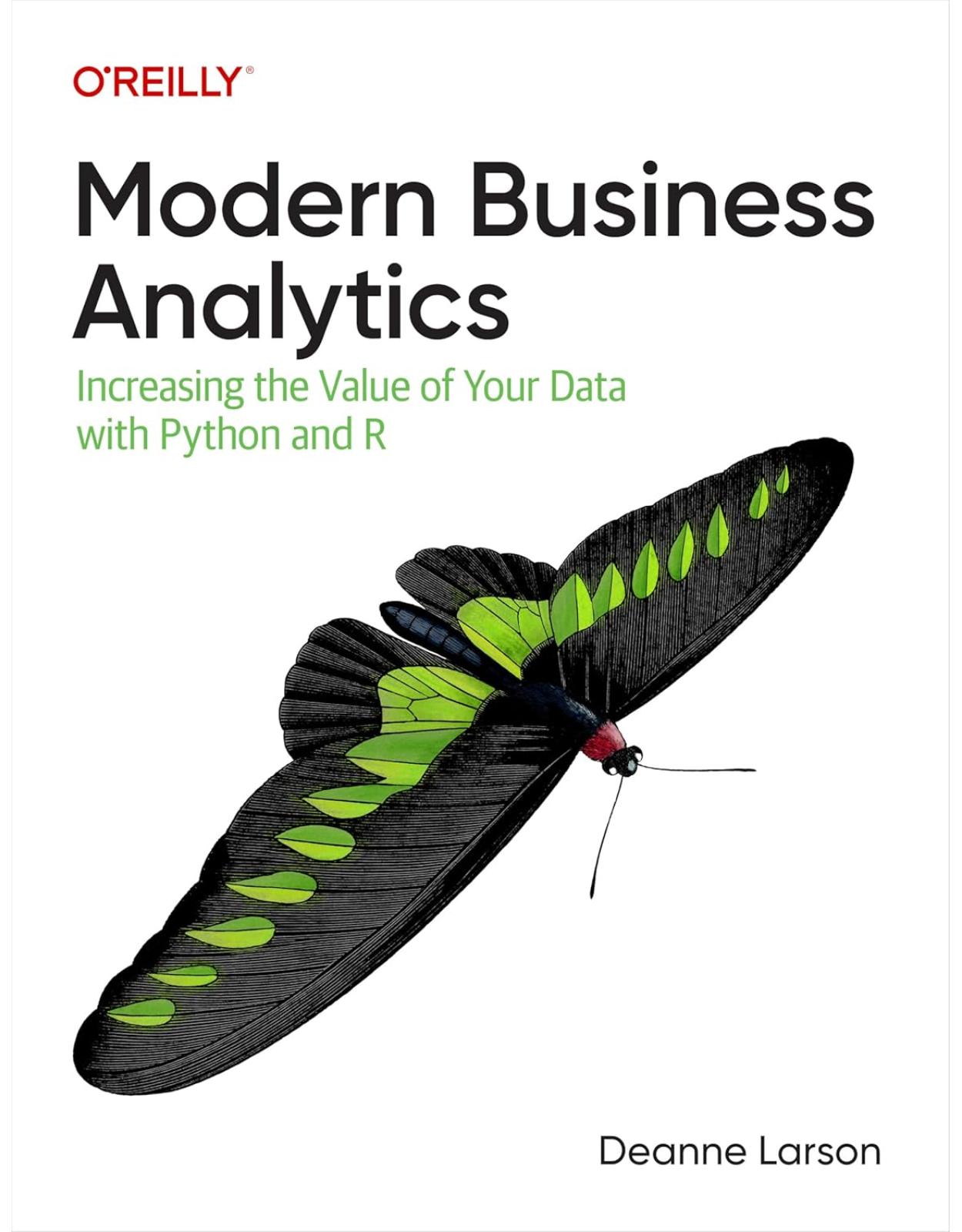
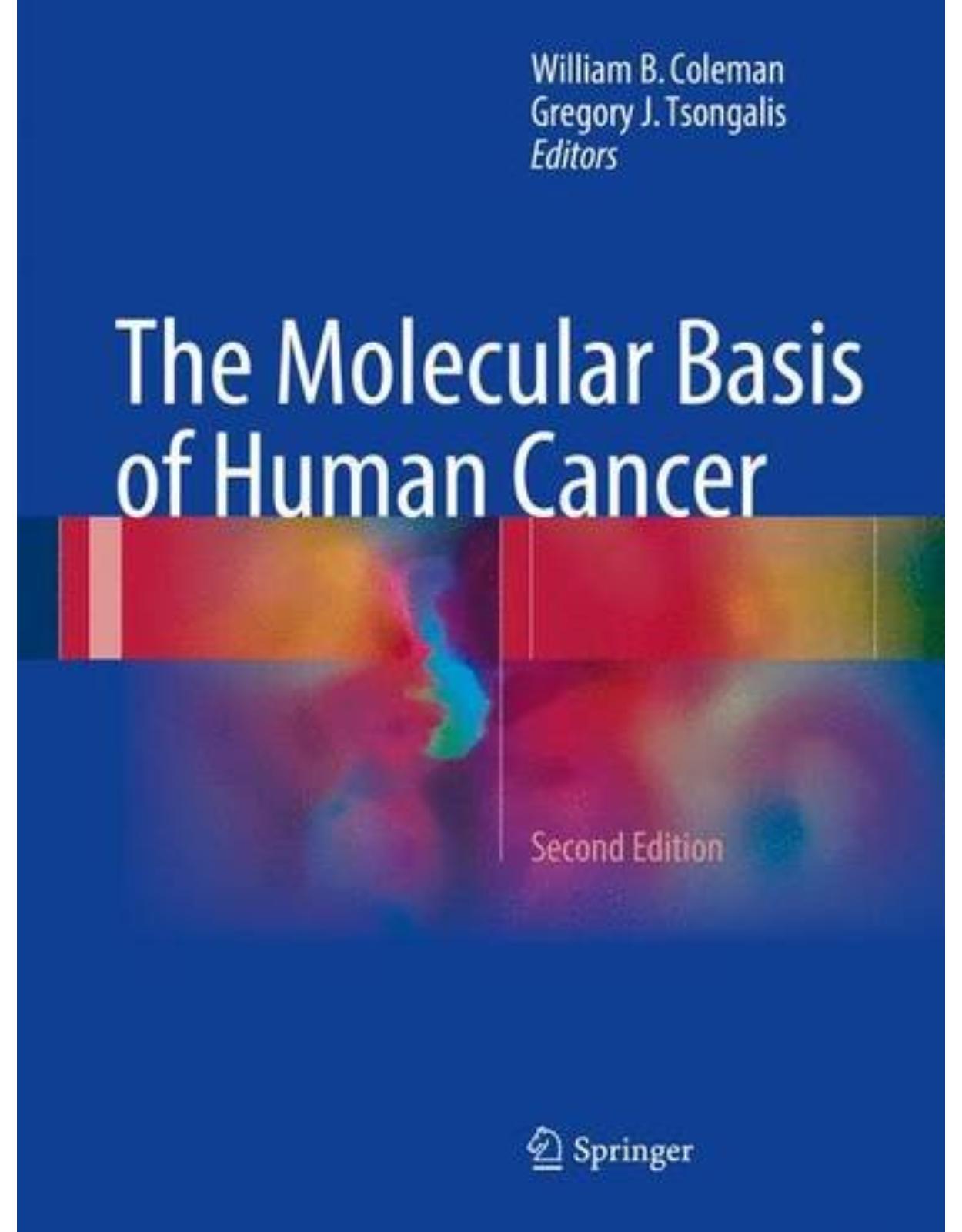

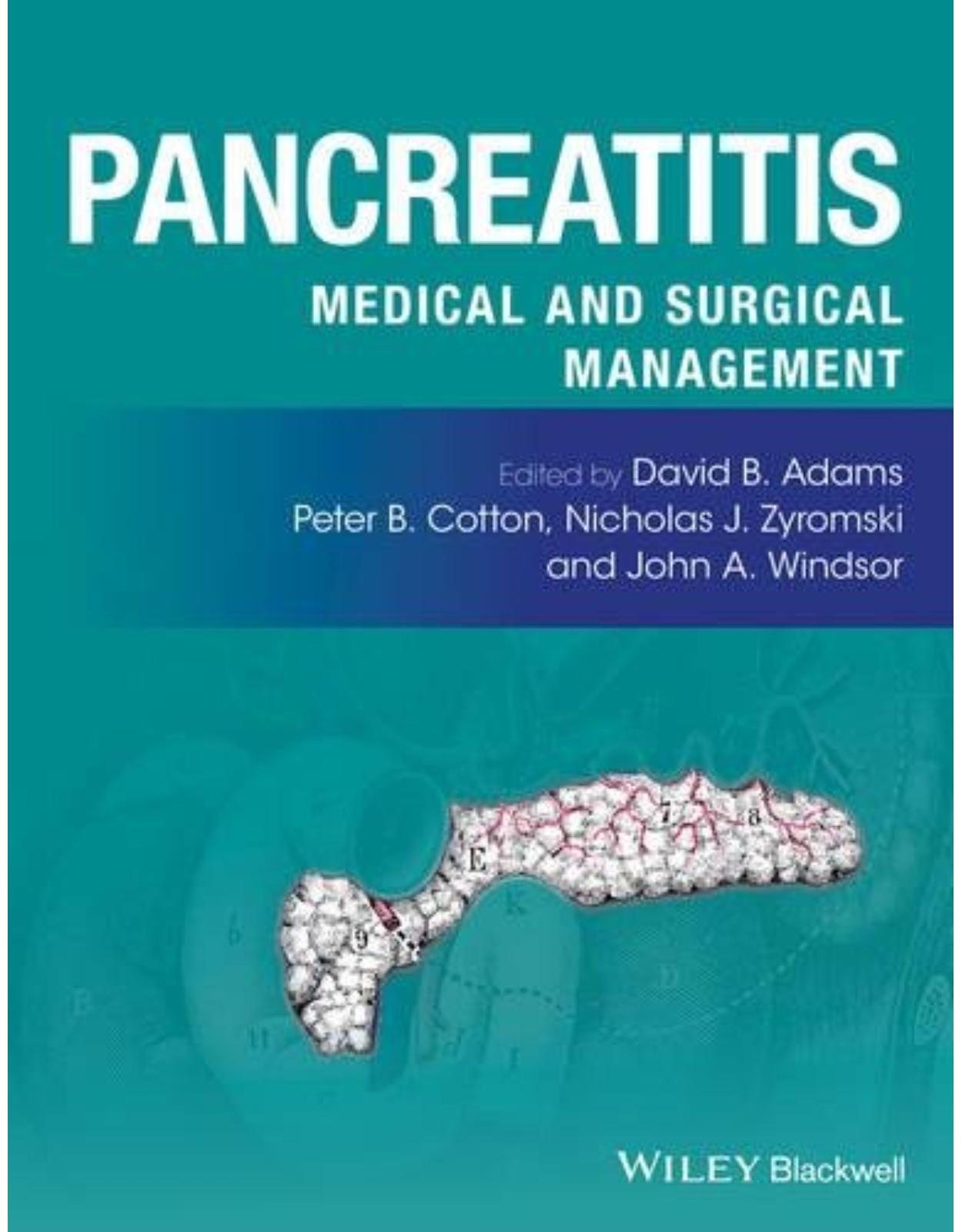
Clientii ebookshop.ro nu au adaugat inca opinii pentru acest produs. Fii primul care adauga o parere, folosind formularul de mai jos.